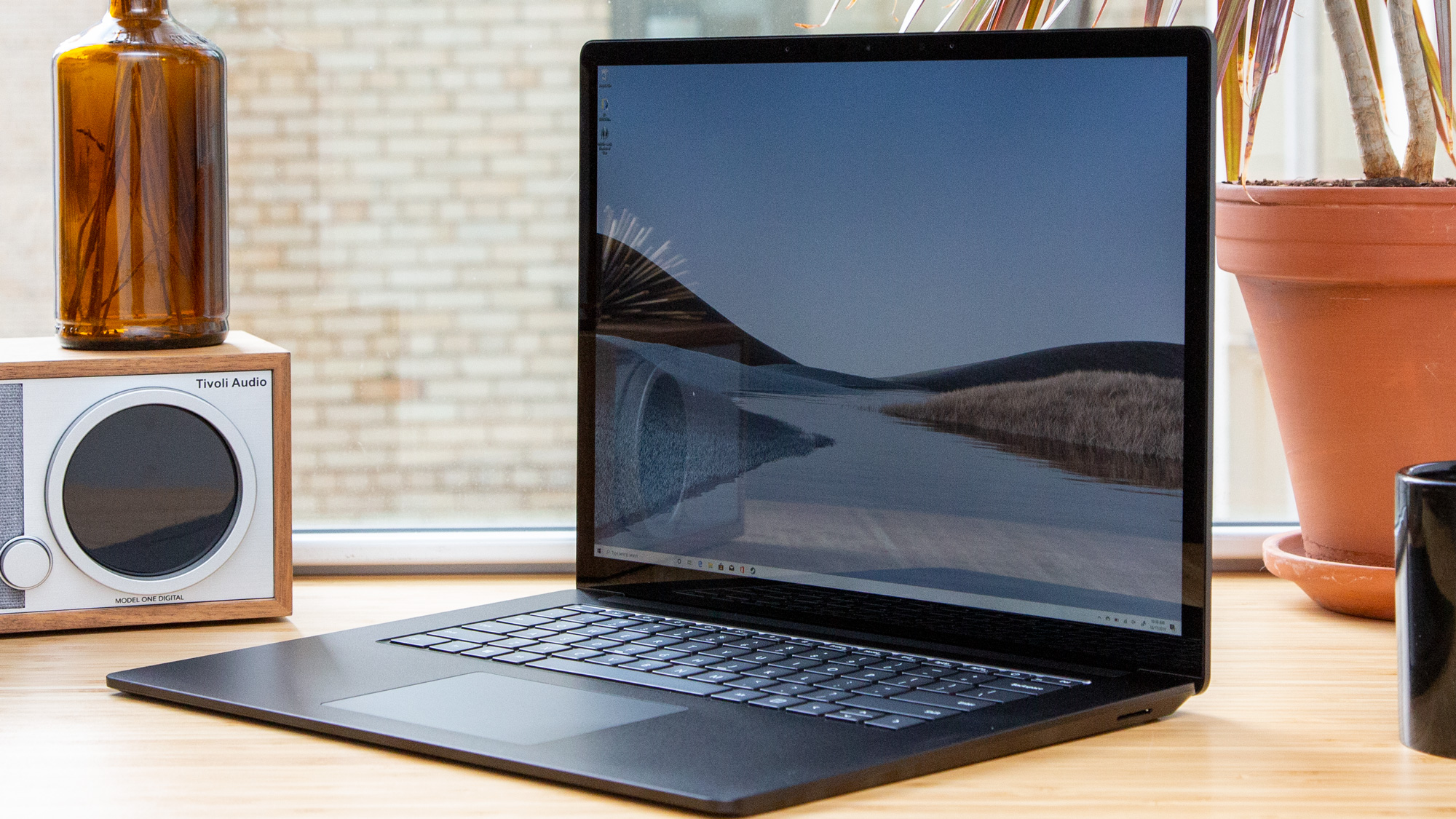Have you ever wondered about the numbers on electrical wires? It’s not just a random code; it signifies the wire’s gauge and ampacity, which determines how much current it can safely carry. In the world of electrical wiring, 14/2 and 12/2 are common choices for residential applications, but understanding their differences is crucial for safe and efficient electrical installations.

Image: www.tomshardware.com
Choosing the wrong wire size can lead to overheating, potential fire hazards, and even damage to electronic devices, so a clear understanding of their capabilities is essential for any homeowner or DIY enthusiast. This article delves into the intricacies of 14/2 and 12/2 wires, explaining their distinctions, applications, and factors to consider when selecting the appropriate gauge for your electrical project.
Decoding the Number System: 14/2 and 12/2 Explained
The first number in the wire designation (14 or 12) refers to the American Wire Gauge (AWG), a standard system used to denote wire diameter. A lower AWG number indicates a thicker wire, while a higher number signifies a thinner wire. 12/2 wire is thicker than 14/2 wire, which translates to a larger cross-sectional area and greater current-carrying capacity. The second number (2) represents the number of conductors within the wire. In both cases, “2” implies there are two live conductors plus a grounding wire.
Understanding the Difference in Ampacity
Ampacity, often referred to as current-carrying capacity, is the maximum current a wire can safely conduct without overheating. The National Electrical Code (NEC) mandates ampacity limits for different wire sizes to ensure electrical safety. 14/2 wire is rated for a maximum of 15 amps, while 12/2 wire is rated for 20 amps. This difference in ampacity is crucial for determining what appliances or fixtures can be safely powered by each wire size.
14/2 Wire: Ideal for Light-Duty Circuits
14/2 wire, with its 15-amp capacity, is suitable for circuits powering lightweight appliances and fixtures requiring minimal amperage. Commonly used in these applications:
- Lighting circuits: Ceiling lights, wall sconces, and other standard lighting fixtures
- Small appliances: Fans, radios, and some lamps
- Low-power outlets: Outlets in bedrooms or areas with limited power needs

Image: www.vetbiox.com
12/2 Wire: For Higher Power Applications
12/2 wire, offering a 20-amp capacity, is commonly used for circuits powering appliances with greater electrical demands. Here are some applications where 12/2 wire shines:
- Heavy-duty appliances: Refrigerators, ovens, dishwashers, and microwaves
- High-power outlets: Kitchen countertops, workshop areas, and garages
- Electric baseboard heaters: For supplemental heating in homes
Factors to Consider When Choosing Wire Size
Selecting the correct wire size boils down to understanding your electrical needs and ensuring safe operation. While the NEC provides guidelines for ampacity, several factors should be considered when determining the appropriate wire gauge for your project:
- Length of the circuit: Longer circuits often require thicker wires to compensate for voltage drop.
- Number of outlets or devices: The more outlets or devices on a circuit, the higher the amperage demand.
- Environment: Heat, humidity, and exposure to sunlight can also impact wire performance and require adjustments to the wire gauge.
- Appliance requirements: Always consult the manufacturer’s instructions for specific appliance requirements for recommended wire size and ampacity.
Expert Advice: The Importance of Safety
Safety should always be paramount. If you’re unsure about which wire size to use, consult a qualified electrician. Overloading a circuit with inadequate wiring can cause overheating, damage to your appliances, and potentially lead to a fire.
FAQ about 14/2 vs 12/2 Wire
Q: Can I use 14/2 wire for outlets in my kitchen?
A: It’s not recommended. Kitchens have high power demands, and 12/2 wire is generally considered safer and more reliable for kitchen outlets.
Q: Is it okay to use 12/2 wire for a standard lighting circuit?
A: While using 12/2 wire for a lighting circuit is technically safe, it’s often considered overkill and may not be cost-effective. 14/2 wire is sufficient for most standard lighting applications.
Q: What is the difference in cost between 14/2 and 12/2 wire?
A: 12/2 wire is generally more expensive than 14/2 wire due to the larger amount of copper used in its construction.
Q: Can I use 14/2 wire for an electric stove?
A: Absolutely not. Electric stoves require substantial power and necessitate the use of larger gauge 10/2 or 8/2 wire, depending on the stove’s wattage.
14/2 Vs 12/2
Conclusion
Choosing between 14/2 and 12/2 wire depends on the specific power requirements of your project. 14/2 is sufficient for low-demand circuits, while 12/2 provides more capacity for heavy-duty appliances and high-power applications. Remember, selecting the right wire size is crucial for electrical safety and efficiency, and seeking professional consultation when in doubt is always advisable.
Are you interested in learning more about electrical wiring and its intricacies? Share your thoughts and questions in the comments below!

:max_bytes(150000):strip_icc()/OrangeGloEverydayHardwoodFloorCleaner22oz-5a95a4dd04d1cf0037cbd59c.jpeg?w=740&resize=740,414&ssl=1)




